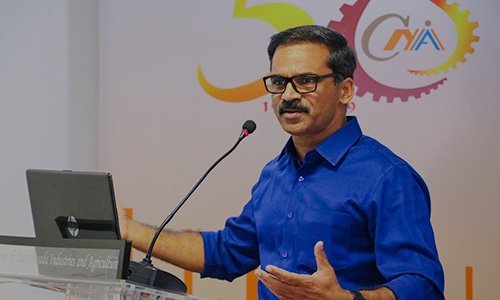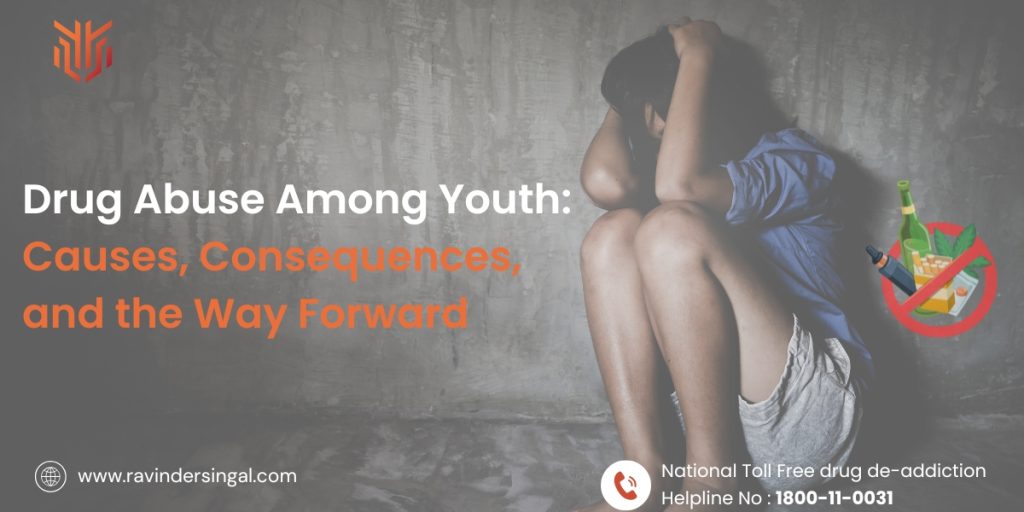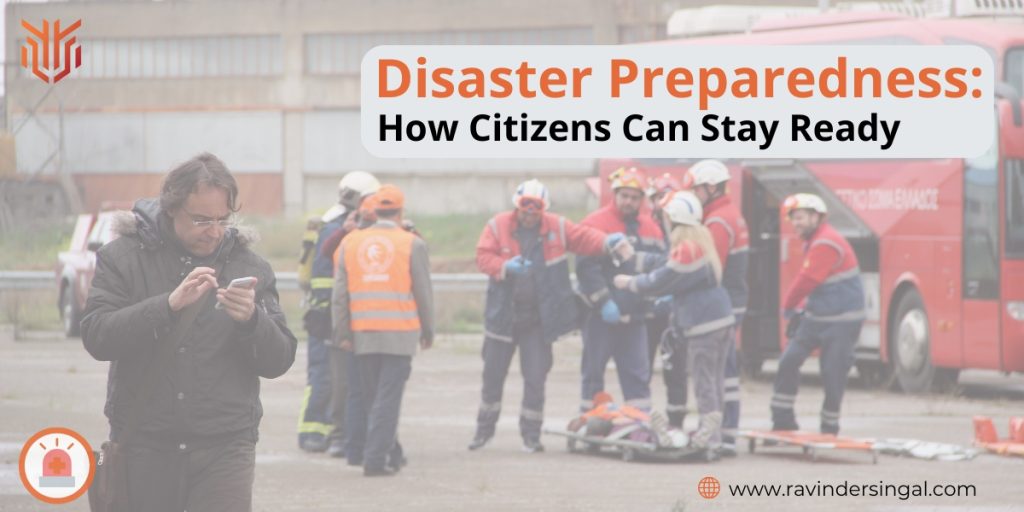Navigating the Roads Safely: Your A to Z Guide for Road Safety!

Road safety is a shared responsibility that applies to everyone on the road, whether you’re a driver, a passenger, or a pedestrian. Understanding the fundamental rules can significantly impact your safety and that of those around you. In this comprehensive A to Z guide, we’ll explore many tips and procedures to ensure that safety remains a top priority.
Understanding the Increasing Number of Road Accidents: Data from 2022!
A worrying increase in traffic accidents throughout 2022 has been documented by the Ministry of Road Transport and Highways despite constant attempts to reduce them. Here are the alarming statistics:
- A record-breaking 168,491 lives were lost in traffic accidents, accounting for over 460,000 of the total.
- There were 461,312 instances recorded by the States and Union Territories, an alarming 11.9% increase from the previous year.
- Injuries increased by 15.3%, impacting 443,366 people, compared to 2021 data.
Concerns about the Fatality Ratio and Accident Locations!
Despite more traffic accidents than in previous years, 2022 saw the highest number of fatalities, underscoring the seriousness of the crisis. Furthermore, despite significant infrastructure investments, national highways and expressways accounted for 33% of all traffic accidents and 35% of fatal accidents, indicating persistent concerns.





Let’s now explore our A to Z Road Safety Tips, which provide helpful guidance for all drivers:
A to Z Road Safety Tips
Here are some tips you can consider:
A. Attention: Stay focused on the road.
Attention is crucial for avoiding accidents. Driver distraction is one of the leading causes of traffic accidents. While driving, it’s imperative to maintain complete attention and drive safely. Avoid distractions by not using your phone or engaging in any other activity that diverts your focus from the road.
B. Buckle up: Secure your seatbelt for safety.
Seatbelts save lives, so always buckle up. It’s required by law and is an effective method of protecting yourself in the event of an accident. Ensure everyone is safely buckled up in their seatbelts before you set off. Make it a habit to fasten your seatbelt every time you enter a car as they significantly reduce the chance of severe injuries or death in an accident.
C. Caution: Be careful and watchful at all times.
Vigilance guards against peril. Always act with caution and vigilance, keeping an eye out for any potential threats or hazards.
D. Defensive driving: Anticipate and react to hazards.
Preempting road risks saves lives. Defensive driving involves watching for potential threats, anticipating them, and taking proactive measures to avoid or minimize them, ensuring safety on the road.
E. Eyes on the road: Avoid distractions and focus forward.
Stay focused and drive safely. Distractions while driving, as previously discussed, can be very harmful. Stay focused on the road and avoid any activities that could divert your attention. By resisting the urge to reach for objects, apply makeup, or glance at your phone, you can respond quickly to unforeseen events, making your trip safer.
F. Follow speed limits: Drive at recommended speeds.
Speeding is a major factor in traffic accidents. Respecting speed limits is essential for your safety and the safety of others. Speed limits are set considering road conditions, traffic volume, and pedestrian presence.
G. Give space: Maintain a safe following distance.
Safe gaps ensure safety. Maintaining a safe following distance is crucial to providing adequate reaction time, enabling safe maneuvering and the ability to respond to sudden changes in traffic or road conditions.
H. Headlights on: Use them in low visibility conditions.
See and be seen. Headlights are not just for nighttime driving; they are crucial in low-visibility conditions like heavy rain, fog, or snow. Turn on your headlights to ensure other drivers can see you and to improve your own visibility. This simple action reduces the risk of crashes caused by poor visibility and increases overall road safety.
I. Intersection awareness: Be cautious at crossings.
Crossings demand cautious attention. Intersection awareness requires paying close attention to traffic signals, being extra vigilant, and anticipating possible collisions with other vehicles or pedestrians.
J. Journey planning: Plan your route and breaks.
Route prep ensures comfort. A well-planned journey, thoughtful route selection, and consideration of rest stops are key to minimizing fatigue and ensuring a safe and comfortable travel experience.
K. Keep calm: Stay composed in stressful situations.
Calm Defies Stress. Calmness defies stress. Remaining calm under pressure involves controlling emotions, adopting coping mechanisms, and focusing on sensible reactions, which builds resilience in trying conditions.
L. Look both ways: Check all directions before moving.
Vigilance saves lives. Ensure your safety by looking in all directions for incoming traffic or pedestrians before crossing any street or intersection. Remember that careful observation can save lives.
M. Maintain your vehicle: Regularly check and service it.
Maintain and drive smoothly. A well-maintained vehicle is essential for road safety. Keep your car’s tires, brakes, lights, and fluids in good working order by checking them regularly. Follow the manufacturer’s recommended maintenance schedule and take immediate action to address any issues that arise. Proper vehicle maintenance reduces the likelihood of mechanical failures and enhances traffic safety.
N. No drinking and driving: Alcohol and driving never mix.
Don’t drink and drive. Most countries strictly prohibit driving after drinking because it’s a deadly combination. Driving after drinking is extremely unsafe as it impairs judgment, reaction time, and coordination. Always choose a sober driver or find another mode of transport when you have been drinking. Prioritizing your safety and that of others can reduce the risk of tragic incidents caused by impaired driving.
O. Obey traffic rules: Follow the rules for safety.
Rules ensure safe travel. Adhering to traffic rules is paramount for ensuring safety on the road. Whether it’s stopping at red lights, yielding the right of way, or respecting speed limits, strict compliance with these regulations not only protects you but also contributes to the overall harmony of the traffic system.
P. Pedestrian priority: Yield to people on foot.
Yield to pedestrians. Pedestrian safety is a critical aspect of road safety. Always give way to pedestrians, especially when they are crossing at crosswalks or have the right of way. Slow down in areas with heavy foot traffic and be prepared to stop if necessary. Respecting and prioritizing pedestrians enhances their safety and fosters a safer, more orderly driving environment.
Q. Quick reactions: Be ready for sudden changes.
Alertness aids swift responses. Developing quick reactions on the road requires staying focused, being attentive, and being ready to act quickly in unexpected situations to ensure safety and prevent potential accidents.
R. Road Courtesy: Respect fellow travelers.
Courtesy fosters safer roads. Practicing road courtesy involves acknowledging and respecting other road users by yielding when appropriate, using turn signals, and maintaining a cooperative and considerate attitude, fostering a safer and more harmonious driving environment.
S. Signaling Smoothly: Communicate your intentions clearly.
Clear signals ensure safety. Proper signaling involves using turn signals effectively to communicate your intended actions, such as turning or changing lanes, ensuring predictability for other road users and reducing the risk of misunderstandings or accidents.
T. Traffic updates: Stay informed about routes.
Updates aid smoother travel. Keeping up with traffic updates involves using resources such as apps, traffic reports, or radio updates to stay informed about road conditions, enabling better route decisions and smoother travel.
U. Use mirrors: Be aware of your surroundings.
Check mirrors always. It’s essential to use your mirrors wisely to maintain situational awareness while driving. Regularly check your side and rearview mirrors to monitor the movements of the vehicles around you. This allows you to make informed decisions and adjust your driving accordingly. Being aware of your surroundings improves overall road safety by minimizing blind spots.
V. Vehicle upkeep: Maintain cleanliness for safety.
Vehicle cleanliness enhances road safety. Ensuring the cleanliness of lights and mirrors on your vehicle is crucial for optimal visibility, enhancing awareness and ensuring safer driving conditions, especially during low-light situations or inclement weather.
W. Windshield upkeep: Maintain clear visibility.
A clear view ensures safety. Ensuring the cleanliness and maintenance of your windshield, wipers, and defogging systems is vital for optimal visibility, contributing to safer driving in various weather conditions.
X. Excess noise distracts: keep it low for a safe journey.
Drive in harmony, silence the distractions. Embrace a safer drive by minimizing excess noise — whether from loud music, conversation, or baby cries. Prioritizing tranquility on the road facilitates a focused and secure journey.
Y. Yield when required: Give the right of way.
Comply for safer roads. Yielding the right of way is essential for maintaining smooth traffic flow, involving awareness of traffic signals and signs, allowing others to proceed first, and ensuring safe and orderly movement at intersections or merge points.
Z. Zero tolerance for recklessness: Prioritizing safety.
Safety guides all actions. Upholding a zero-tolerance policy towards reckless driving involves consistently prioritizing safety by obeying traffic signals, adhering to speed limits, and avoiding risky maneuvers, ensuring a safer driving environment for everyone.
To Conclude,
Keep in mind that everyone has a responsibility to drive safely. By following these A to Z road safety tips, you can actively contribute to making the roads safer for everyone. Remain attentive, exercise caution, and show respect for all those on the road. Happy travels!
For the Latest information visit our website.

Quitters Don’t Win and Winners Don’t Quit.
Ironman | Deccan Cliffhanger | Comrade Legend Finisher | Motivational Speaker | Writer | Endurance Athlete





